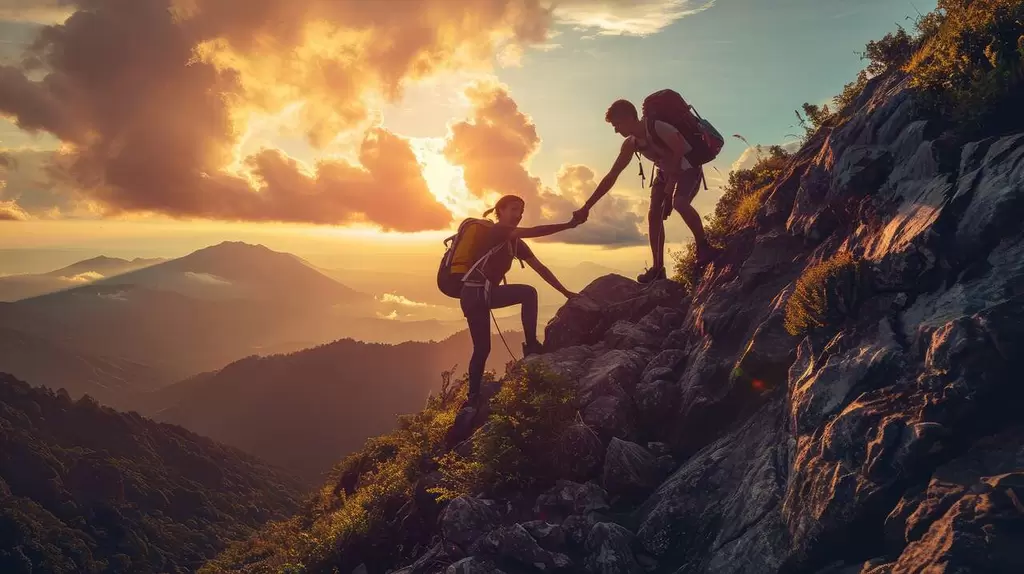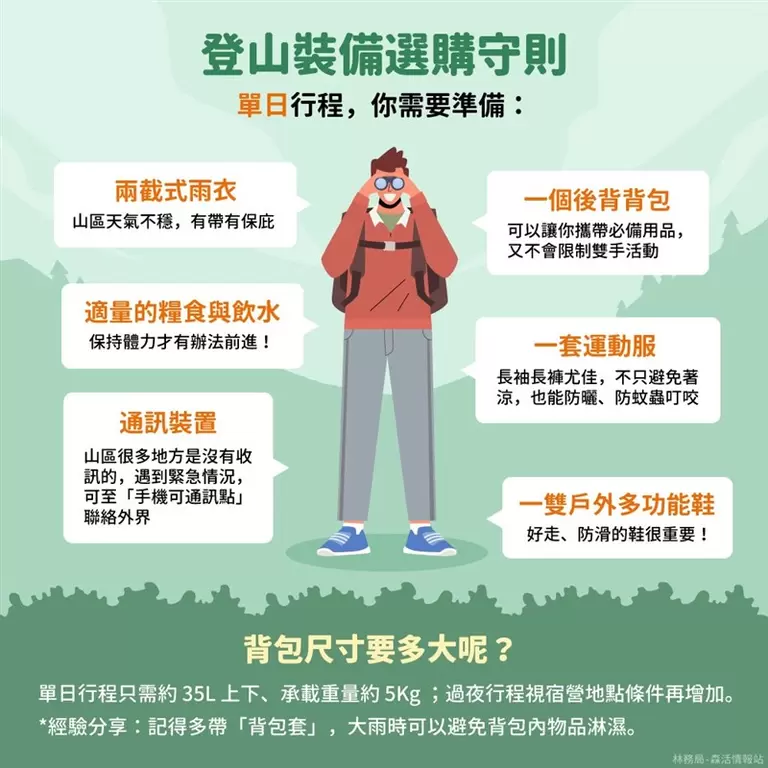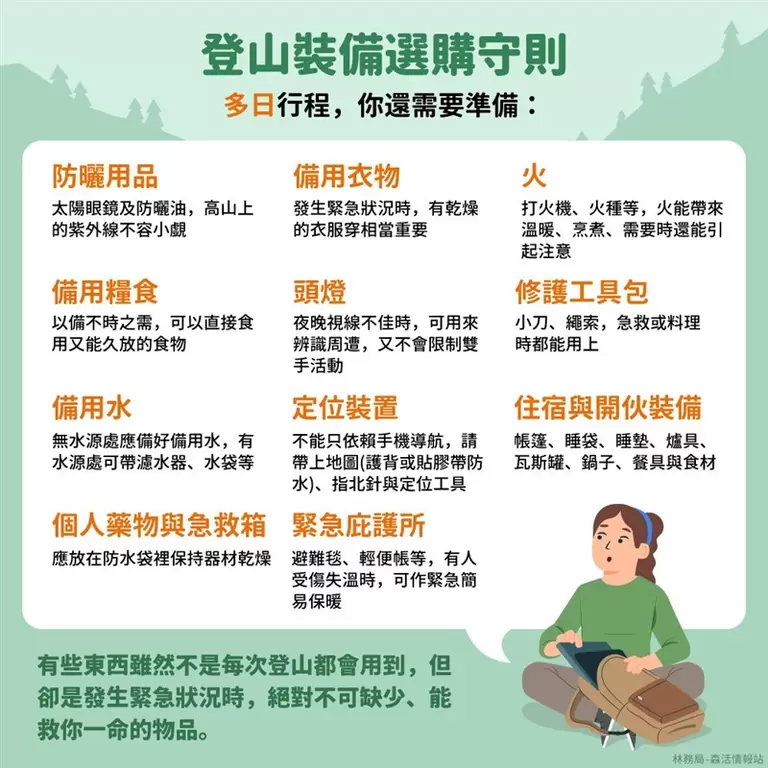Mountain Climbing Safety Guide! Learn and Prepare from Recent Fuji Mountain Accidents

Mountain Climbing Safety Guide: Learn and Prepare from Recent Fuji Mountain Accidents
Recently, a series of unfortunate mountain accidents have occurred on Mount Fuji in Japan. Last Saturday (6/23), Japanese police received a report from a woman stating that her husband had gone missing after climbing Mount Fuji. On Wednesday (6/26), a rescue team found three climbers lying lifeless near the volcanic crater on the Shizuoka side, one of whom was the missing person. Preliminary investigations revealed that the three were not part of the same group, and the deaths of the other two climbers may be linked to previously reported disappearances at Shizuoka and Yamanashi entrances.
On the same day, another climber was reported unconscious at the eighth station on the Yamanashi side. Despite emergency medical treatment, the climber could not be saved. Experts warn that June's warm weather often leads inexperienced climbers to underestimate the risks of climbing Mount Fuji during the off-season.
Shunji Takekawa, chairman of the Japan Mountain Guides Association, pointed out: "Mount Fuji in winter is considered one of the most difficult peaks to climb. The conditions are extremely harsh, and even those with experience in general winter mountaineering cannot always handle it. In June, snow is still present, and we must recognize that the conditions are still similar to winter."
Beyond Japan, Taiwan's experienced mountaineer Zhang Yuanzhi tragically fell 250 meters while climbing Mont Blanc in France on June 28th and was found lifeless. These incidents have sparked widespread discussions in the mountaineering community. While mountain climbing is an incredibly rewarding activity, safety must always be the top priority. Below are key tips for effective preparation and dealing with emergencies during mountain expeditions:
Plan and Understand Your Route: Check the latest maps and route plans to understand the terrain and expected journey.- Plan and Understand Your Route: Check the latest climbing maps and route plans to understand the terrain and expected journey.
- Prepare the Right Equipment: List essential gear, including suitable shoes, waterproof jackets, flashlights, food, and water supplies.
- Understand Weather and Environment: Weather in mountainous regions can change suddenly. Check local weather forecasts and understand the unique weather patterns in the area.
- Avoid Solo Climbing: It is recommended to climb with partners or at least inform others about your itinerary.
- Monitor Your Physical Condition: Check your health before the climb. Avoid climbing if you feel unwell or overly fatigued.
- Have an Emergency Plan: Prepare for emergencies with a first aid kit, emergency contacts, and reliable communication devices.
Mountain Climbing Equipment Checklist

Image Source: Forestry Bureau
For a single-day climb, you will need a two-piece raincoat, a backpack, sufficient food and water, a set of sportswear, communication devices, and outdoor functional shoes to adapt to the unpredictable mountain environment.

Image Source: Forestry Bureau
For multi-day mountain expeditions, you’ll also need sunscreen, spare clothing, fire-starting tools, backup food, a headlamp, a repair toolkit, spare water, navigation equipment, camping and cooking gear, personal medications, a first aid kit, and emergency shelter to deal with unexpected mountain situations.
近期登山事故頻傳,為了確保登山安全,必須做好萬全的事前準備,希望這些建議能夠幫助大家更安全地享受登山的樂趣。